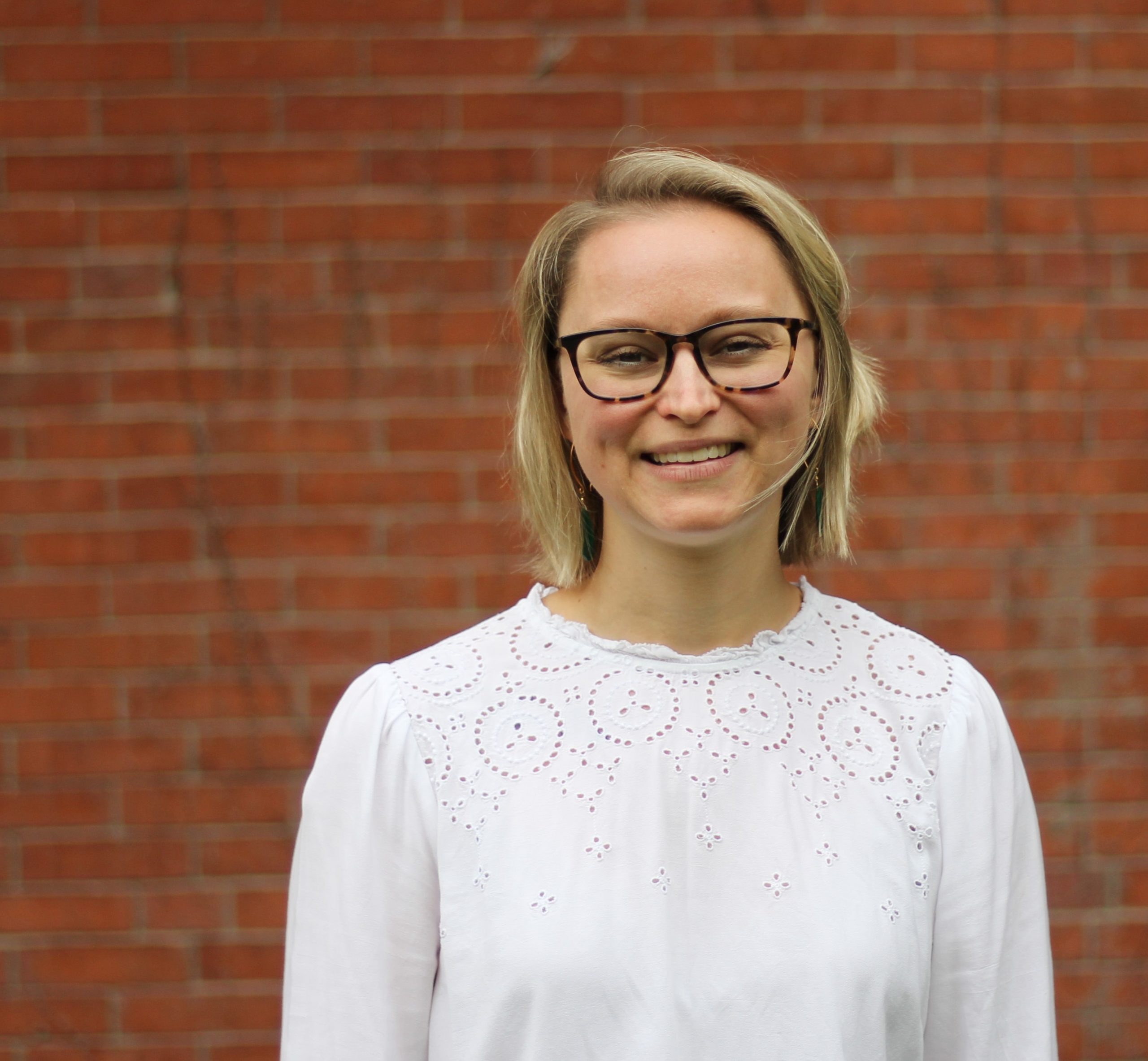Anti-vaxxers get a lot of attention but less discussed and equally important is why many in favor of vaccines can still be hesitant about certain shots.
Vaccines work: They are one of the pillars of public health responsible for preventing disease. We’ve seen their success in the global eradication of smallpox and the near complete erasure of polio.
The majority of Americans believe that vaccines are good. Support is especially strong for childhood vaccines, such as for tetanus, diphtheria, and pertussis (Tdap) or chickenpox. When polled, most say the benefits are high and the risks are low. This – plus school requirements – translates to compliance. Most children complete the childhood vaccine schedule on time.
There are other immunizations though that feel like they don’t line up with a schedule. For example, you have to get the flu shot every year. The COVID-19 vaccine is a brand new two-shot series with annual boosters. The human papillomavirus (HPV) vaccine is another two-shot series aimed at pre-teens, though experts encourage everyone up until 26 to get it if they haven’t already.
Despite trusting in vaccines more broadly and evidence that these “off-schedule” vaccines work just as well, many people view them cautiously.
For starters, as of mid-December this year, about 41% of American adults had received their flu shot. If last year is any predictor, not many more will be getting it either.
One study asked parents to compare childhood vaccines to the flu shot. Only a quarter of parents strongly agreed that the flu shot was effective compared to 70% who believed that for childhood vaccines.
The biggest strike against the flu shot is that it doesn’t always work the way we think it should. Some people still get sick. That’s because the vaccine is made each year based on predictions of which strains of the virus will circulate in next season. Every year, it’s 40-60% effective at preventing the flu. If predictions are wrong, effectiveness suffers.
For those who still get the flu though, they likely experience a milder case. Some argue this is exactly how the flu shot is supposed to work anyway. In fact, the Centers for Disease Control and Prevention’s (CDC) promotional campaign this year is called “Wild to Mild.” But when success means you still might get sick, it’s hard to convince people to get the jab.
The COVID-19 vaccine has also struggled to gain public acceptance. To date, 78% of American adults have received at least one dose of the original COVID-19 vaccine series. That seems quite successful until you look at annual boosters. Only 20% of adults have received an updated booster so far this year.
Interestingly, politics play a big role in people’s perceptions about the COVID-19 vaccine. More than 90% of Democrats have received at least one dose of the original series while two thirds of Republicans have. About a third of Democrats received a booster this year while just over 10% of Republicans have.
Social media is also a big influencer. A study in Europe found that high trust in social media fueled COVID-19 vaccine hesitancy. Conspiracy theories – rampant online – also shaped people’s perceptions. Another report had similar findings in Africa, showing that misinformation on social media, along with religious influence and institutional mistrust, molded opinions.
The COVID-19 vaccine was developed quickly and publicly. Combined with politics and misinformation, vaccine hesitancy had fertile ground. Today, pandemic fatigue might be another explanation, as the world simply wants to move on.
Lastly, for the HPV vaccine, sexuality and novelty have made acceptance harder.
HPV is the most common sexually transmitted infection in the United States and it can cause cancer. In 2019, 54% of eligible children had completed the full vaccine series. By 2021, we had only gained four percentage points.
Some associate the vaccine itself with sexuality. In one study, one of the top five reasons parents refused the HPV vaccine for their children was because they were not yet sexually active. Another study found that a fifth of parents hadn’t had their children vaccinated for that reason. Ironically, the vaccine works best if a person receives it before they become sexually active; it might be too late otherwise.
Even though the HPV vaccine has been available for almost two decades, many still see it as new and worry about its safety. One study in France found that, even though 72% of respondents thought the vaccine was effective, 54% still had concerns about its safety or side effects. Concerns about safety actually increased from 2010 to 2018 in another study.
These trends should not be ignored, and experts should modify their approach accordingly.
Perhaps the flu shot would be more readily accepted if messaging around it was honest about what success really means (like the CDC is doing this year). Maybe more people would get their COVID-19 boosters if members of different political parties participated in promotional campaigns. And the HPV vaccine could be more palatable if it were offered when kids are even younger, when there isn’t even a suggestion of sexual activity.
Vaccines work and are crucial in the fight against preventable diseases. But human emotions and fears are real and may lead to worries about particular shots. By considering these nuances and adjusting for them, we’ll keep ourselves and future generations safe.
Research for this piece was supported by Arnold Ventures.


